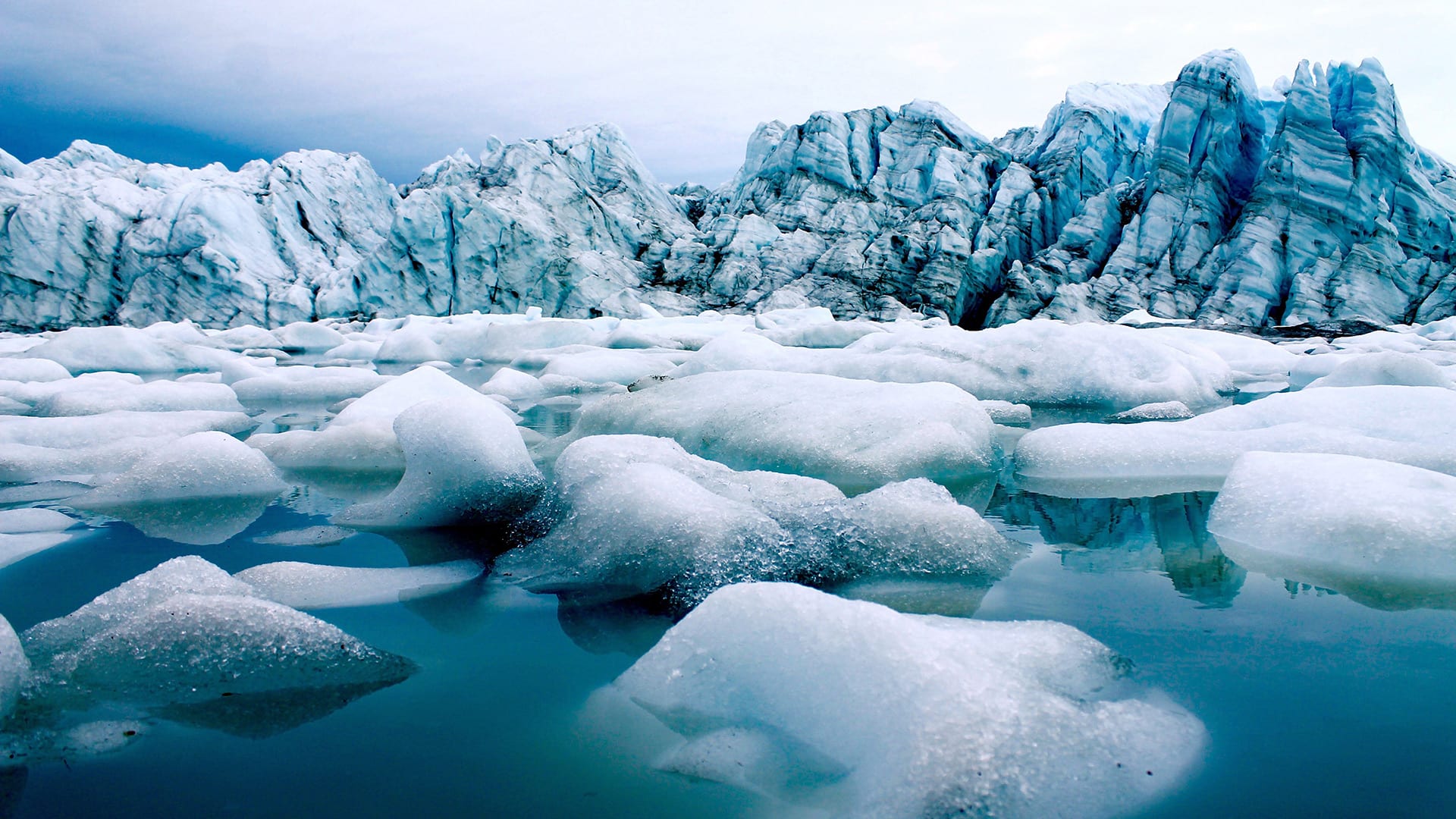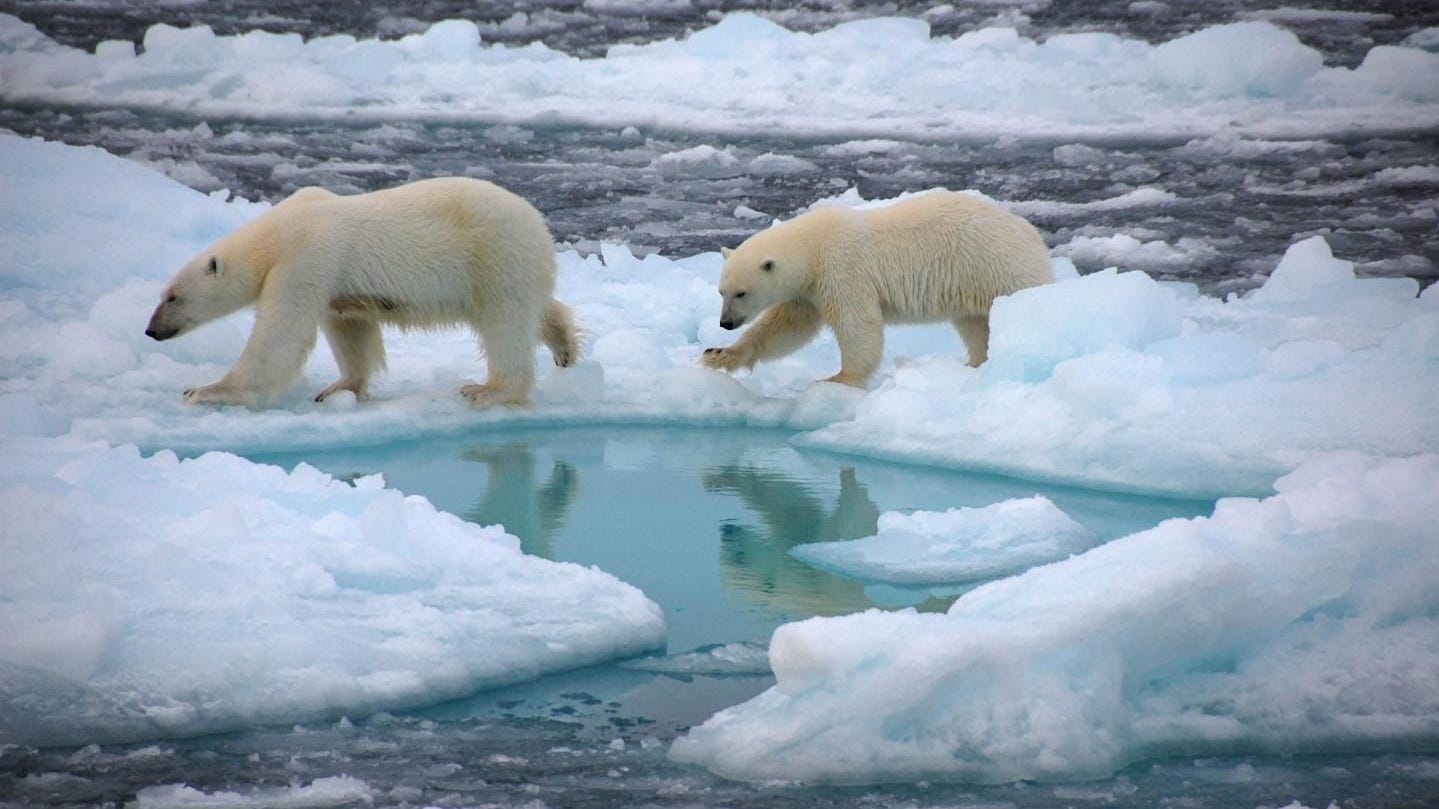
With the warming climate, comes the shrinking of melting of ice caps. The sea ice has been shrinking and now spans less than half of what it was at the beginning of the 1980s. Additionally, the Arctic melt can also lead to the extinction of the polar bears.
All about the Arctic melt

The melting ice of the Arctic is a climate concern for a long time now. And the survival of species is highly dependent on it. Moreover, a new study has given a timeline for the impending doom. If we on earth keep emitting carbon like we are now, the summer ice will be no more by 2100. And along with the ice, it will be the time to bid goodbye to creatures such as the polar bears and seals which depend on the ice.
Due to the shrinking ice in the polar regions, we have only half the area filled with ice, compared to what we did in the early 1980s. A new study covered 1 million sq km in Greenland’s northern region and the Canadian archipelago goas. The study looked at two scenarios-one with the same carbon emissions as today. And, another where they are kept in check. The study reveals that if the carbon emissions are the same, the summer ice will be no more by the end of this century. (Ultram) However, if the emissions are under check, the summer ice will not perish. Additionally, if the emissions are kept in check, the summer ice will be just a meter thick.
What does this mean for our future?

According to the study, in the low-emissions scenario, some polar creatures like bears and seals may survive. They currently live under similar conditions along Alaska’s western coast and some parts of Hudson Bay. Unfortunately, with emissions going high, the local ice will not persist through the summer. And, with the lack of summer ice, the ice-dependent ecosystems will be extinct.
“Unfortunately, this is a massive experiment we’re doing. If the year-round ice goes away, entire ice-dependent ecosystems will collapse, and something new will begin,” said Robert Newton. Newton is a co-author of the study and a senior research scientist at Columbia’s Climate School. “New things will emerge, but it may take some time for new creatures to invade. It may be getting warmer, but the planet’s rotation around the sun will not change, and any new occupants including photosynthetic organisms would have to deal with the long, sunless Arctic winter,” he stated.





